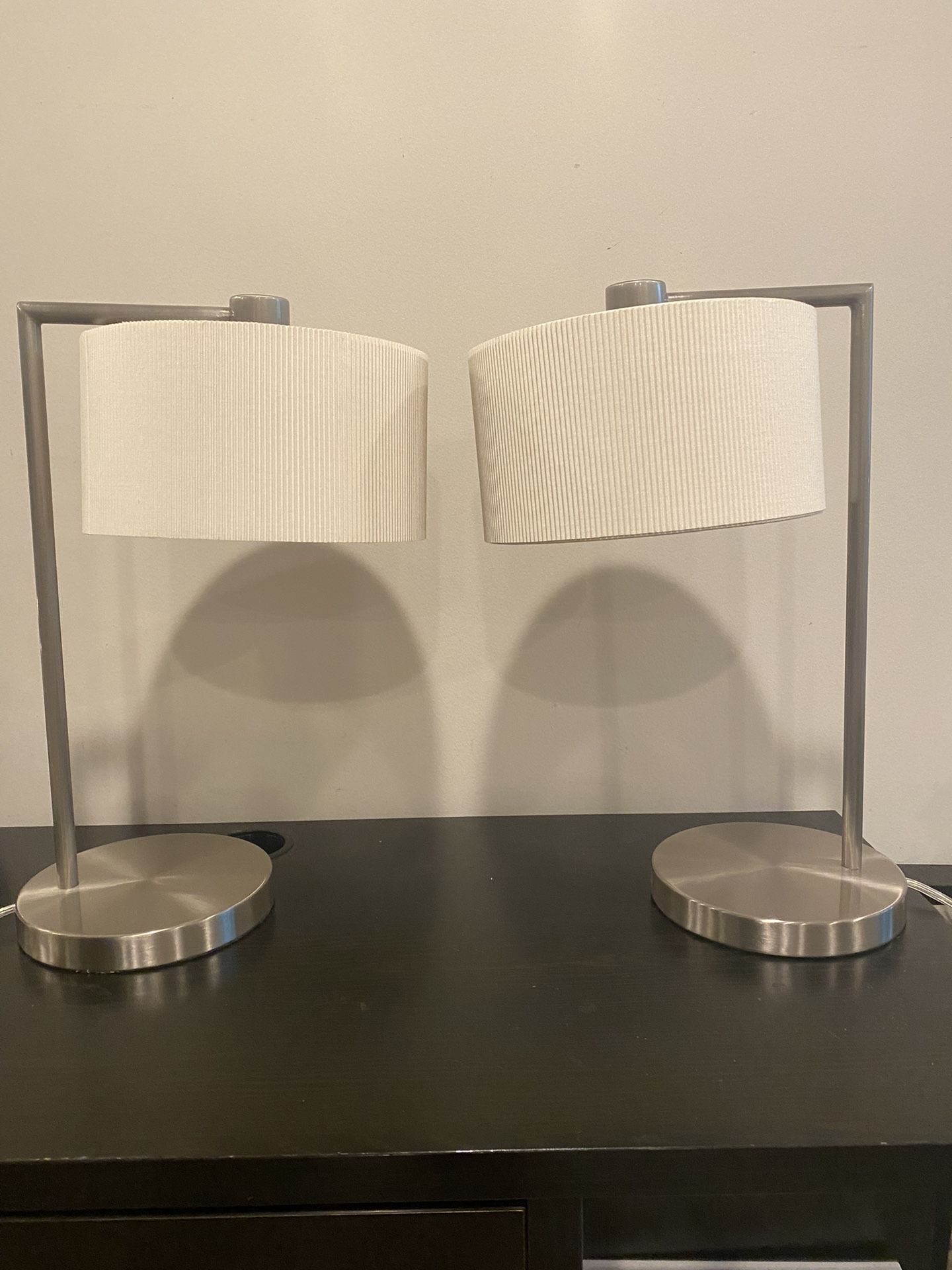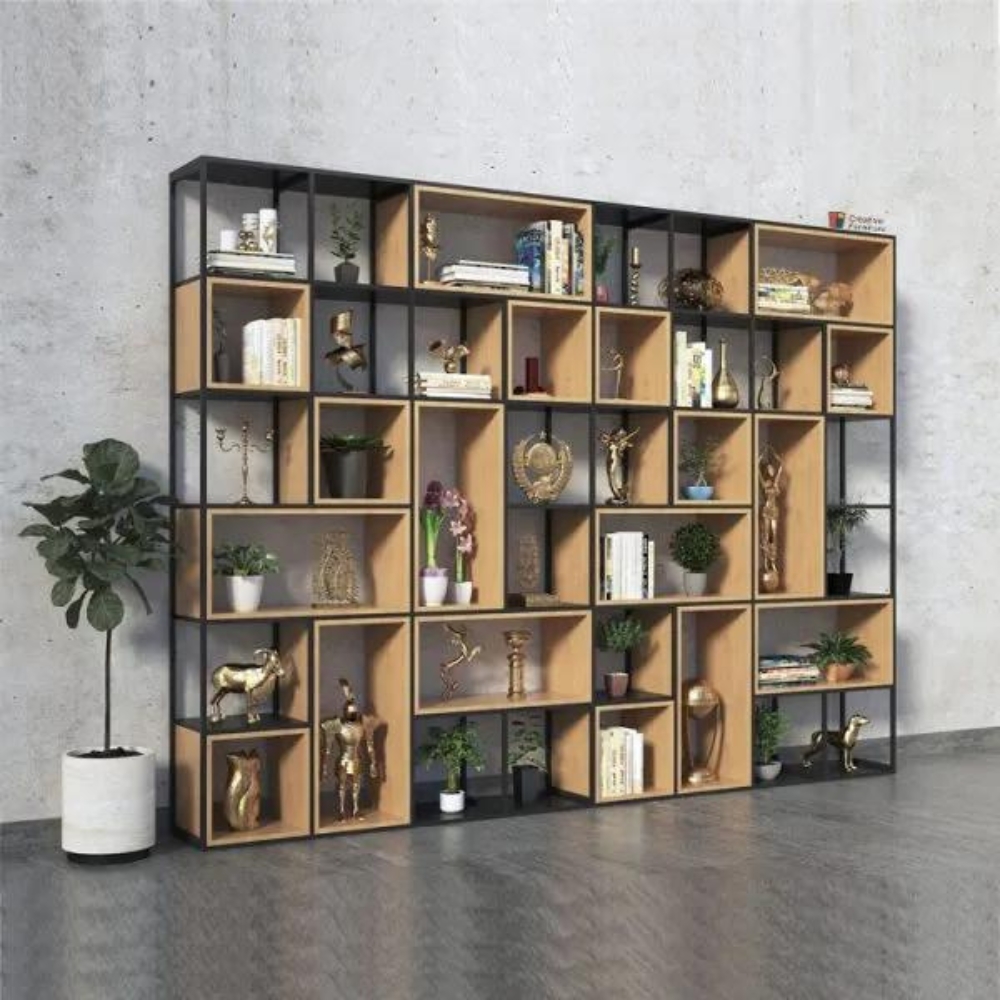

Please note, if you require a two man service, please email us at for quotes and availability. One Man Service from £65 - within 10 working daysĪs this is a one man service, if the item is large or heavy, you will require assistance on your side to help unload the item.

Small, non-fragile items by parcel courier, depending on weight & size, from £3.99 to £9.99 - Normally within 5-7 working days.įurniture Items & Larger fragile Items (Excluding Islands and Scottish Highlands) Postage costs will not be combined between to two categories) (Please note: Paint & Craft items will always be sent and charged separate to furniture and decor items. The light from a west-facing window on a semi-sunny day, a standard regular LED light bulb and a specific LED grow light.All final delivery rates are calculated on checkout.įor brushes & accessories, please use the shipping estimator, which is located at the bottom of product pages. Using a basic PPFD recorder from an App Store, I held it about a foot underneath one of three light sources.

This is when you measure the number of photons in the 400- to 700-nm waveband that fall on a given surface each second. To work out how powerful a bulb is for growing plants, we can establish what the Photosynthetic Photon Flux Density (PPFD) is. It's not properly scientific at all, but if you repeated it you should be able to draw similar conclusions. Here's a little experiment to demonstrate my second point. Far weaker than most plants need for healthy growth. In comparison to specialized grow lights or the light emitted from the sun, regular LEDs are incredibly weak.

#LAMP PLANT TABLE FULL#
Regular LEDs are very energy efficient, come in almost all shapes and sizes, and give out little heat but can still provide levels of full spectrum light for plant growing.īecause most people buy these bulbs just to light up a space, most manufacturers won't tell you how they're getting their bulbs to produce white light. Light Emitting Diode or LEDs are currently the most commonly sold bulb in many parts of the world. However, fluorescent bulbs are often an awkward shape, only fitting special tube fixtures, and are more expensive, and although they give off blue light, most give less red. They have a long lifespan and don't generate as much heat but still produce a high amount of light using less energy. Sometimes known as T5 bulbs, these are a step up from the last two. Expensive to run, heat generators and poor amounts of blue wavelengths. These are smaller and can be brighter than incandescent bulbs, but they have similar drawbacks. Incandescent lights are not efficient and generate a lot of heat when used, meaning you have to keep them further away from your plant's foliage to prevent it from burning.Īdditionally most produce very little blue light (which I've already shown above is necessary for a healthy houseplant). These bulbs were used almost everywhere 30 years ago, but they're now increasingly rare. But did you know some bulbs are better than others at helping to grow plants? Let's take a quick look from worst to best and why. You may have spare bulbs and a light fixture or two ready to be repurposed for your indoor gardening efforts.


 0 kommentar(er)
0 kommentar(er)
